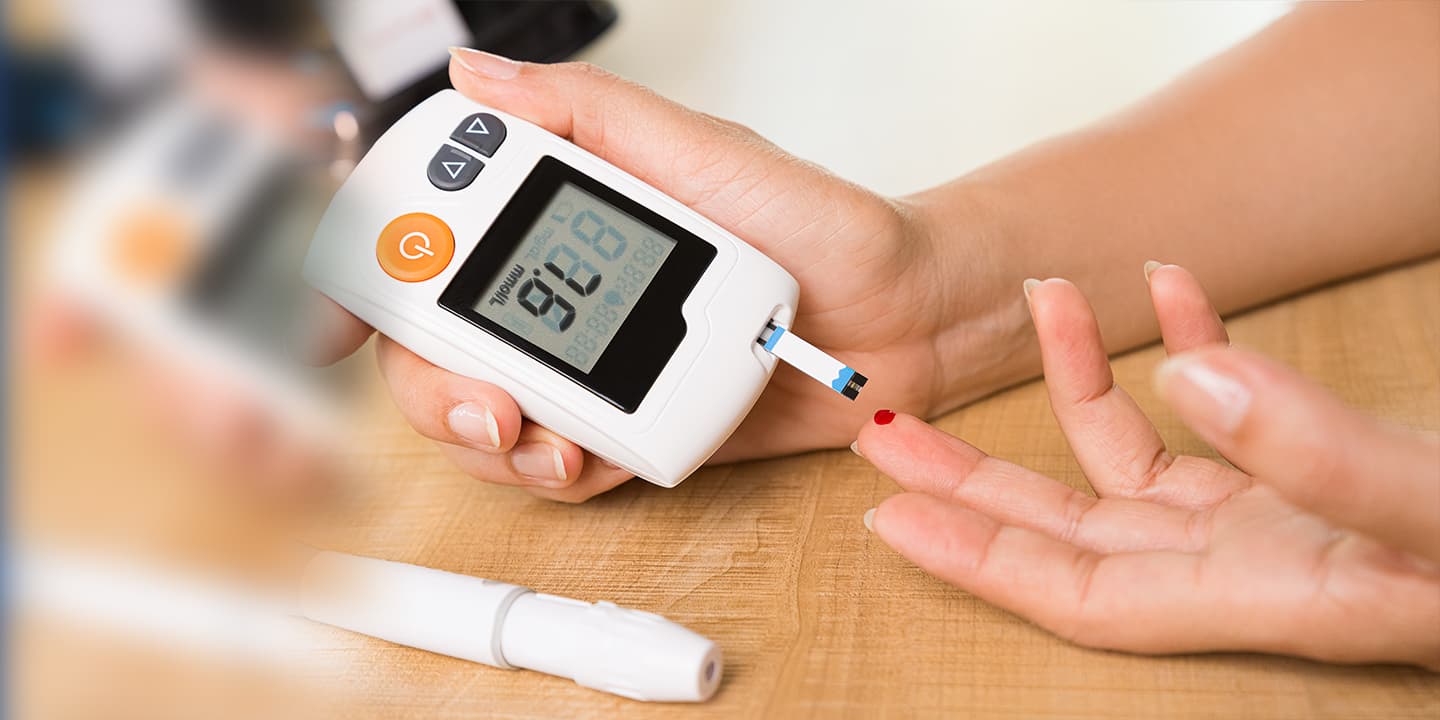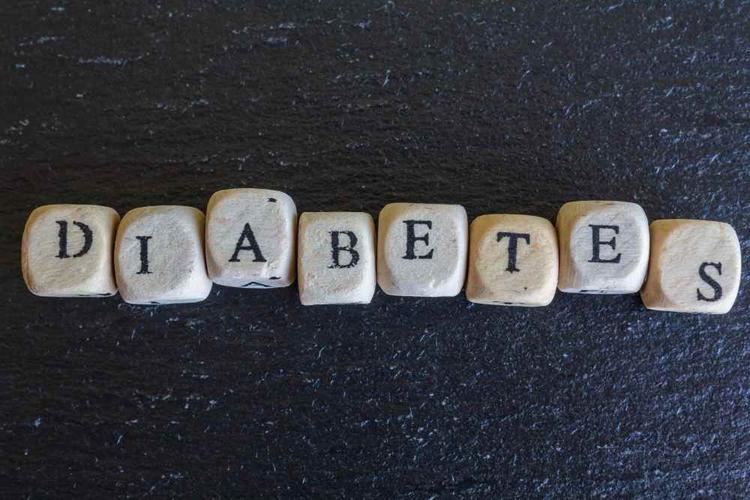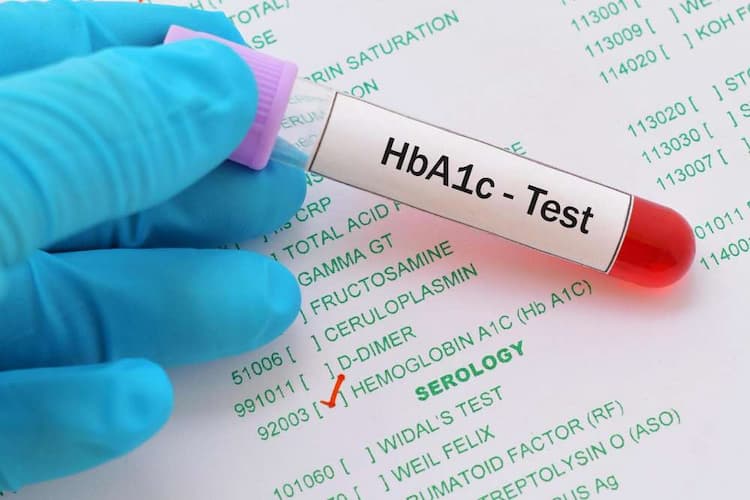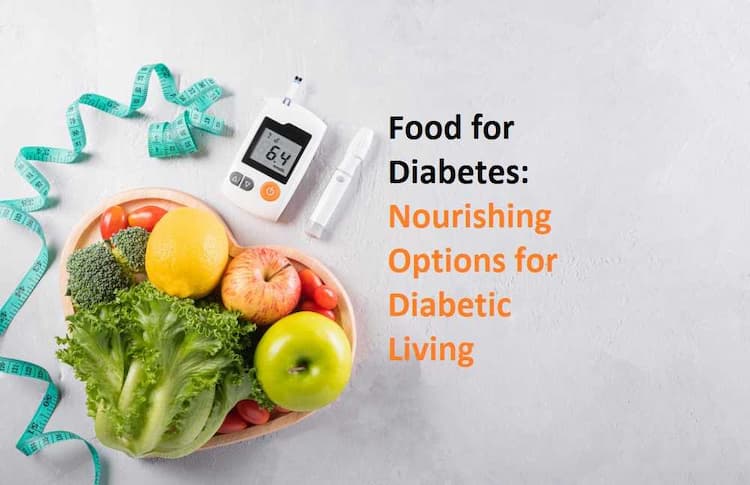Diabetes: What's The Difference Between Type 1 And Type 2 Diabetes?

Medically Reviewed By
Dr. Ragiinii Sharma
Written By Prekshi Garg
on May 10, 2022
Last Edit Made By Prekshi Garg
on Mar 17, 2024

Diabetes, although quite a prevalent disease, sparks a lot of confusion and misinformation. Most people in the world aren’t even aware of the types of diabetes and the differences between them.
Although a lot similar in the symptoms and the way the disease presents itself, the difference between type-1 and type-2 diabetes is profound. They require different management and involve different risk factors and treatment options.
Simply knowing how diabetes affects your body isn’t enough. You need to familiarize yourself with the types, the differences, and how one type is different from the other.
This article will walk you through Type 1 and Type 2 diabetes basics and everything you need to know about them.
Type 1 and Type 2 Diabetes – Understanding the Meaning
The first step to distinguishing the two different types of diabetes is knowing what they mean and how they affect the patient’s body individually.
Insulin, an important metabolic hormone, is released from the pancreas. In a healthy individual, the insulin hormone is absorbed by the cells in the body to break down the glucose molecules to form energy. That is the normal mode of action.
In diabetic patients, this simple mode of action is hampered.
So, what is Type 1 diabetes?
Type 1 diabetes, also known as insulin-dependent diabetes, is when the pancreas fails to produce enough insulin in the body to metabolize the free glucose molecules into energy.
This is a type of chronic condition that’s often non-preventable. The condition is primarily due to genetic predisposition and, in some cases, due to viruses, but that’s extremely rare.
Type 1 diabetes also doesn’t have any cure at the present day. The diagnosed patients manage their symptoms with insulin injections and must be on them following their diagnosis.
So, what is Type 2 diabetes?
Unlike Type 1 diabetes, in which the body doesn’t produce enough insulin, patients diagnosed with Type 2 diabetes have impaired insulin function in the body. This means that the body is producing enough insulin, but it isn’t doing its intended job of metabolizing glucose into insulin.
When there is still an excessive amount of glucose in the bloodstream, the pancreas is triggered to produce more insulin for optimal breakdown. This creates excess insulin in the system, desensitizing the cells in the process. Such an instance is known as insulin resistance.
With improper treatment and type-2 diabetes management, insulin resistance in the body increases and leads to needing insulin injections to mitigate the risks.
Despite the two different types of diabetes, both lead to consistently high blood glucose levels than normal. Moreover, without proper management, these chronic conditions lead to allied complications, including renal failure, chronic fatigue, poor eyesight, etc.
Type 1 vs. Type 2 Diabetes – Exploring the Causes
Now that you have a basic understanding of type 1 and type diabetes and its consequences let us move on to the causes. The easiest and the best way to determine the difference between these two is by looking into the causes.
What Causes Type-1 Diabetes?
Type-1 diabetes is caused by the insufficient availability of insulin in the bloodstream. It is a chronic disease categorized as an autoimmune disorder.
In such conditions, the body’s immune system mistakes the healthy insulin-producing beta cells in the pancreas for foreign invaders, thereby attacking and damaging them. Hence, with the damaged beta cells, the body can't produce enough insulin (or at all) to metabolize the glucose in the body.
Despite the prevalence of type-1 diabetes and other autoimmune disorders known to medicine, researchers are still unsure why the immune system mistakes healthy cells for invaders.
That aside, a few conclusive studies report that genetic anomalies, family history, or certain viral exposures could be a probable cause behind the same.
What Causes Type-2 Diabetes?
Type-2 diabetes is often a lifestyle disorder caused by insulin resistance in the body. Although research is continually trying to ascertain the primary contributing factors to the resistance, primary insights suggest that a sedentary lifestyle, excess visceral fat deposition, and poor dietary habits are the main reasons.
Besides that, a family history of diabetes, chronic stress, and some environmental factors are also to blame.
Patients with type-2 diabetes need to monitor their glucose levels and follow necessary medical interventions for optimal management. Sometimes, the lack of treatment or not following the doctor’s advice leads to further patient deterioration with multiple diabetic complications.
[embed]https://www.youtube.com/watch?v=kqaO5JP_roE[/embed]
Type-1 and Type-2 Diabetes – Symptoms to Look out for
Despite some differences, especially in the causes, both type-1 and type-2 diabetes present similar symptoms.
The primary reason behind that is the result of the disease – Excess Glucose in the Blood.
So, if you are experiencing any of the following symptoms, consider seeing a doctor:
- Frequent urination
- Feeling parched quite often
- Increased hunger pangs and appetite
- Constant fatigue and tiredness
- Blurry vision
- Delayed healing of wounds
- Numbness and tingling sensation in the extremities
Although the type 1 diabetes symptoms and type 2 diabetes symptoms are pretty similar, they still have a standout difference.
Unlike type-2 diabetes, a gradually progressive disease, type-1 diabetes exhibits the symptoms pretty quickly and generally at an early age. As a result, type 1 diabetes is often termed juvenile diabetes because it’s diagnosed early in life – presumably during childhood.
On the flip side, most people with type-2 diabetes often get their diagnosis later in life when it has progressed excessively.
What are some Contributing Risk Factors to Type 1 and Type 2 Diabetes?
Like their causes, the risk factors associated with type 1 and type 2 diabetes are different too. Let us walk through them individually.
Some common risk factors of type 1 diabetes include:
- Genetic predisposition or family history of diabetes
- Demographic influence
- Environmental factors like certain viral infections
- Genetic anomalies
- Some common risk factors of type 2 diabetes include:
- Prediabetes diagnosis
- Overweight or obese with excess visceral body fat around the abdomen
- Excess belly fat
- Sedentary lifestyle
- Had gestational diabetes
- Gave birth to an overweight baby over 9 pounds
- Genetic predisposition
- Hormonal imbalance or PCOS
If you are above the age of 45 or have a family history of diabetes, the American Diabetic Association advises getting tested twice a year to rule out complications.
Type 1 vs. Type 2 Diabetes – Diagnosis
Since either of the types of diabetes lead to excess glucose levels in the body, the mode of diagnosis is pretty similar.
The diseases are diagnosed with either one of the blood glucose monitoring tests, including:
- Glycated hemoglobin test
- Fasting glucose test
- Post-prandial glucose test
- Oral glucose tolerance test
Amidst the aforementioned tests, the Glycated hemoglobin test (HbA1C) is the most accurate determination of the condition. Generally, a level of 6.5% or higher in the A1C test is considered diabetic.
Type 1 and Type 2 Diabetes – Treatment Options
Like the causes, even the treatment routes for Type 1 and Type 2 diabetes varies. Since the cause behind these diseases varies, the treatment attunes to the needs of the condition.
Treatment for Type 1 Diabetes
Since type-1 people with diabetes fail to produce insulin from the beta cells in their pancreas, the patients need to administer a set dosage of insulin into their bodies every day. The dose depends on the extent of the disease and the overall physiological functions of the patient.
For patients taking insulin injections, these are generally a single-dose shot injected once a day into the soft tissues in the body, especially around the stomach or buttock.
In other cases, some people with type-1 diabetes prefer an insulin pump that administers a gradual dose of the insulin into the body throughout the day.
Since the blood sugar levels depend on the externally administered insulin, type-1 diabetes patients have to frequently monitor their blood sugar levels to ensure they are at the correct levels.
Treatment for Type 2 Diabetes
The treatment for type-2 diabetes generally starts with dietary and lifestyle modifications. If the disease hasn’t progressed much, some patients can even successfully reverse the disease without any medications.
However, in patients with unregulated blood glucose levels, your primary care doctor will prescribe medications like Metformin to prevent further progress of insulin resistance in the body. Almost every anti-diabetic medication prescribed to a person with type-2 diabetes regulates insulin levels and their efficiency in the body.
Like type-1 diabetes, patients with type-2 diabetes have to monitor their blood glucose levels to note the effectiveness of the implemented lifestyle changes or administered medications.
Is Diabetes a Preventable Disease?
Unlike type-2 diabetes, which is often preventable disease, type-1 diabetes can’t be prevented. An auto-immune disorder that an individual is born with or contracts due to sudden environmental factors.
For type-2 diabetes, the condition can be prevented. However, if there is a genetic predisposition to type-2 diabetes in the family history, contracting the disease is inevitable.
However, a normally healthy individual leading an active lifestyle, eating a balanced diet, and leading a stress-free lifestyle can prevent type-2 diabetes.
In most cases, the easiest way to prevent the disease is by closely monitoring blood glucose levels. In addition, most individuals at risk of diabetes often get a diagnosis when the disease has progressed excessively. So, close monitoring can successfully help prevent further progression of the condition.
FAQs
Is Type 2 Diabetes More Dangerous Than Type 1?
Both type-1 and type-2 diabetes are equally dangerous and require close monitoring of the blood sugar levels. Type-1 diabetes needs very close monitoring because glucose levels can drastically fall without any warning.
Is Type 1 Diabetes Safe?
No, type-1 diabetes is a matter of concern and requires consistent treatment to prevent further deterioration of the condition.
Can Type 2 Diabetes Turn into Type 1?
No, type-2 diabetes can't convert into type-1. A person diagnosed with type-2 diabetes can develop the most severe level of insulin resistance, which can later lead to the need for insulin injections or insulin pumps to regulate blood glucose levels.
Conclusion
Both type-1 and type-2 diabetes are severe and need immediate medical intervention before the condition turns for the worse. If you were confused about the types of diabetes or didn’t know the difference between the two, we hope this article clarifies all your doubts.



